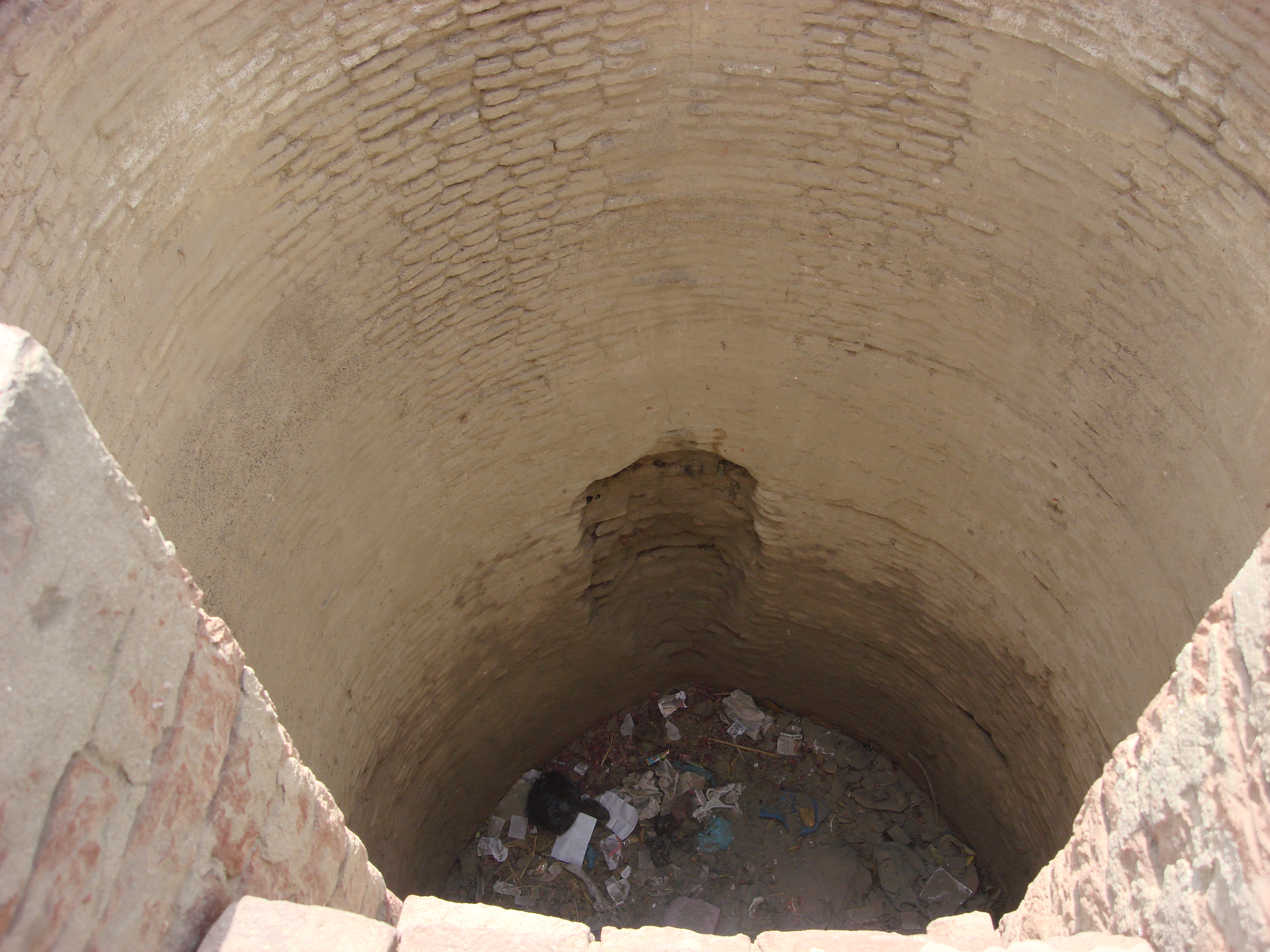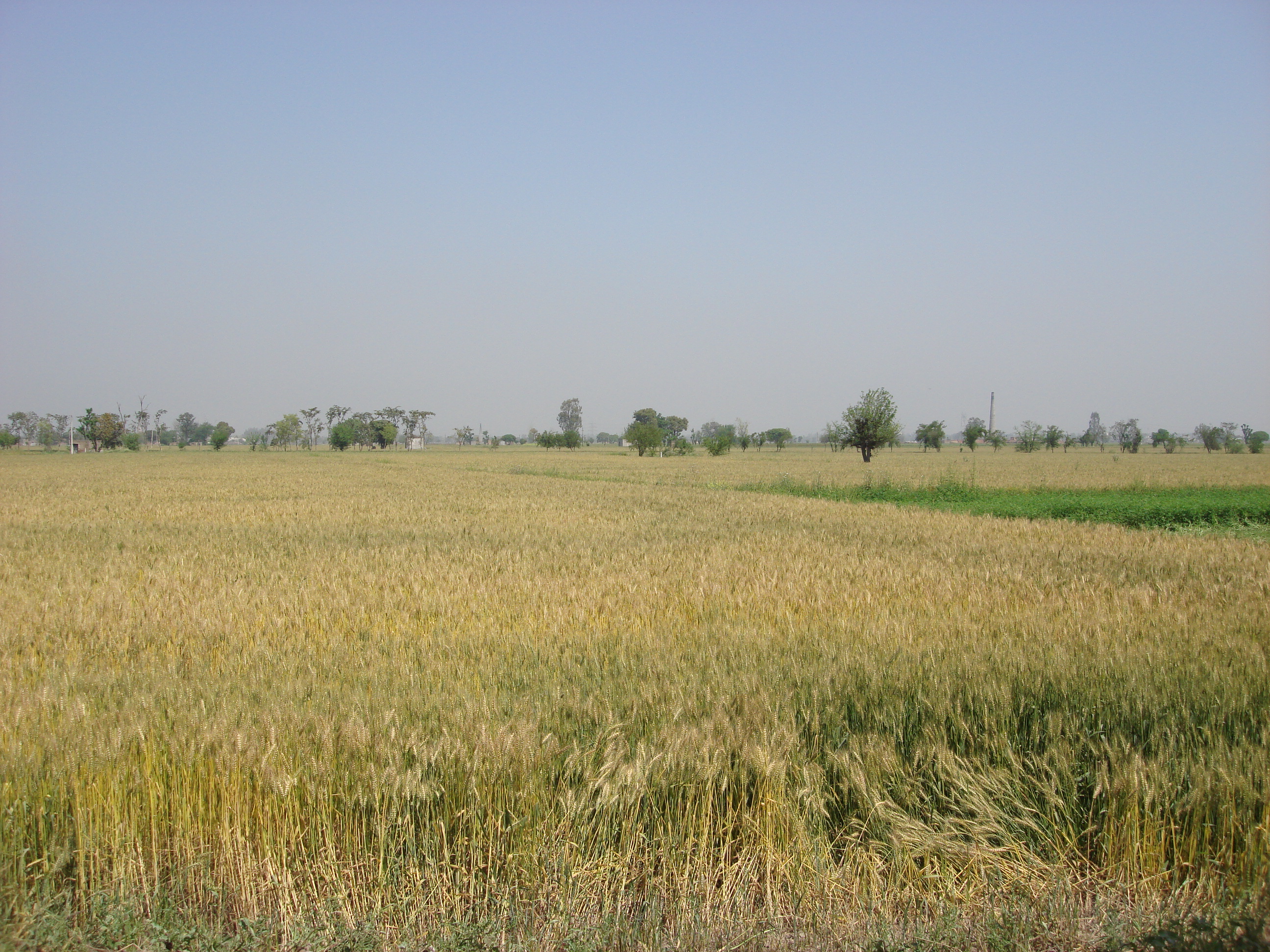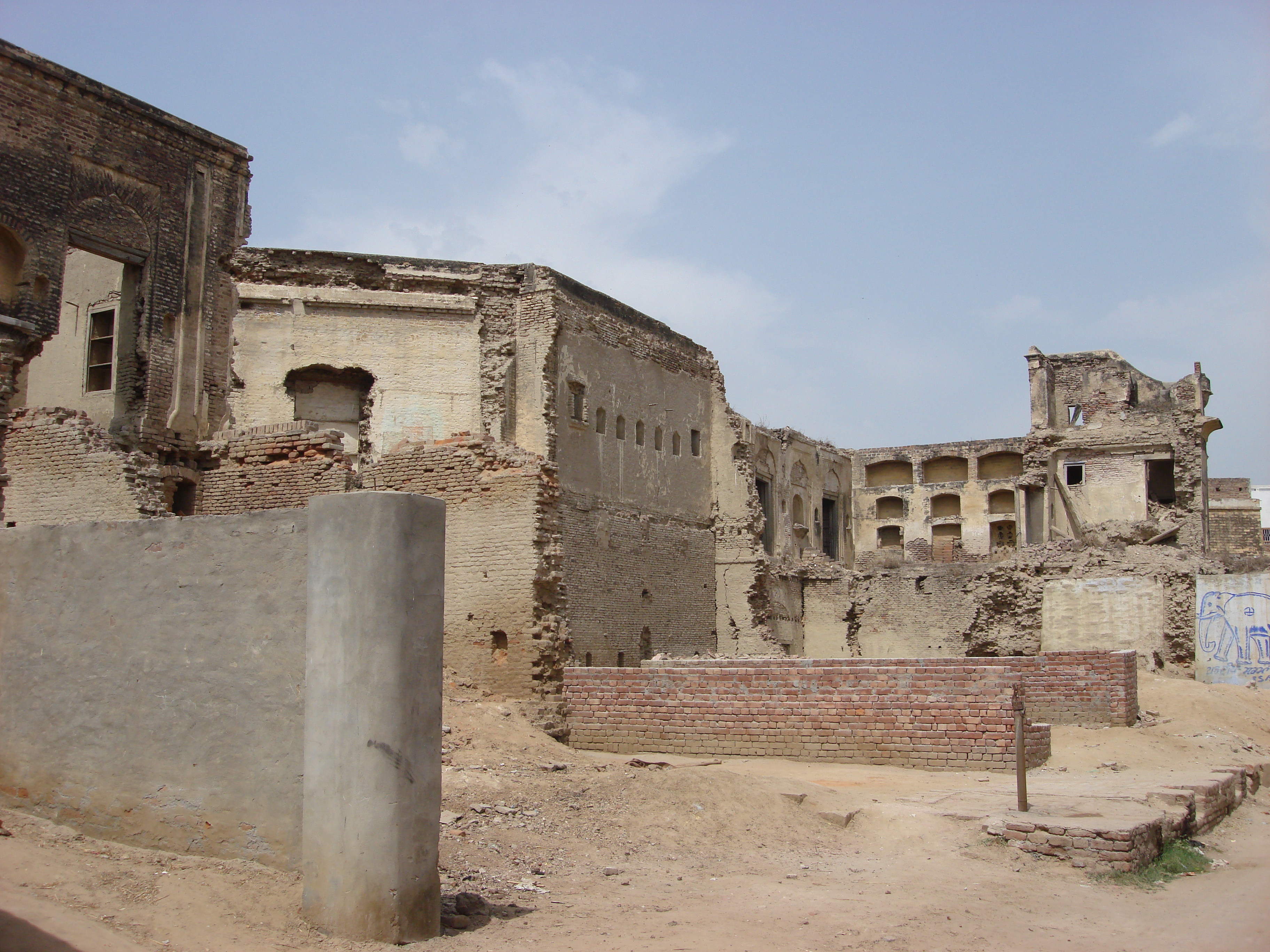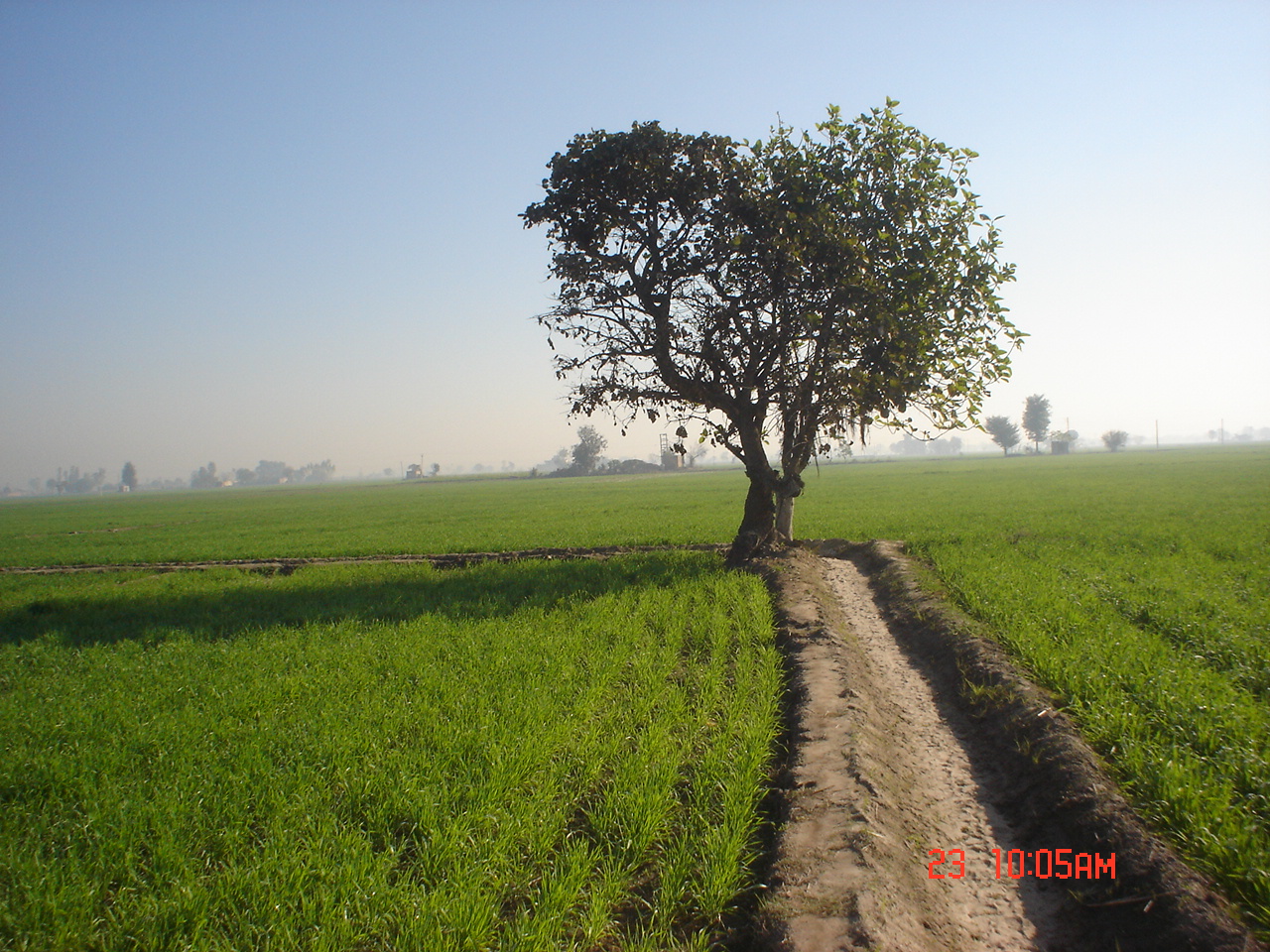Malva Region
Malva Region of Punjab, is located south to the river Sutlej, bordering the States of Haryana to the South, Powadh region to the East with Rajasthan to the Southwest. The Punjabi districts of Jalandhar, Kapurthala, and Tarn Taran Sahib lie to the North, on the other side of the river Sutlej. The Pakistani districts of Okara and Kasur border Malva on the West. Located between the Sutlej and Yamuna Rivers, Malva is in the shape of a rough parallelogram lying between 29°-30 and 31°-10 north latitudes and 73°-50 and 76°-50' east longitudes.
History
In Punjabi Malva is known as (ਮਾਲਵਾ). The people of the Malva region of Punjab, speak the Punjabi dialect known as Malvai, and the people are also called Malvais. The countryside of Malva, is full of ancient Punjabi culture and Folklore, the land of poets, warriors, and Saints as well as mystics of the past. The villages of Malva are very beautiful, with mud houses, old wells, forts. Surrounded with green fields, some have mounds and sandy areas. Before the arrival of Sikhism, the native Punjabi tribes of the area worshiped Guga Pir, Jathera, and Saints. Sikhism was first preached in the region by Guru Nanak Dev Ji (1469-1539), the founder of Sikhism, who preached the message of truth, during his Udasis (Travels). The Second Sikh Guru, Guru Angad Dev Ji, was born in the Malva region, in the year 1504, in the village of Sarai Nagaan, in the Muktsar Sahib district of Punjab. Later, fearing that Sarai Nagaan, would be invaded by the central Asian Muslim ruler Babur, he relocated his family to a village known as Khadur Sahib in the Majha region of Punjab (around1527).
The Third Sikh Master Guru Amar Das Ji, who had established 22 Manji's for preaching across Punjab, Haryana, Himachal, Kashmir, and Sind and far as Bihar, also sent preachers to the Malva region. Three Sikh preaching centers were soon established with Bhai Khiera in charge of the center at Firozpur, Bhai Mai Das Bairagi in charge of one in Ludhiana District and Mai Sewan in charge of the center in Patiala. During the time of Guru Ram Das Ji, the fourth Sikh Guru, many famous Jatt's, such as Bhai Adam, a Sidhu Jatt of Vinjhu, in Bathinda district; and the father of famous Bhai Bhagatu (d. 1652) and Bhai Shalo Ji (1554-1628), the son of Bhai Dayala, and Mat Sukhdei, a Dhaliwal Jatt couple of village, Dhaula Kangra, near Muktsar sahib, who had earlier started following Pir Sakhi Sarvar. At that time the Jatt clans who were a majority, ruling in the Malva, such as the Sidhu, Gill, Brar, Dhaliwal, Bhullar, Sangha, Grewal, Sandhu, and Maan, who had carved out their own independent territories, they later converted to Sikhism. their were small Muslim communities like Muslim Jatt's, Pathans, Ranghars, Muslim Rajputs, etc, before the 1947partition, the Muslims were mainly concentrated in Barnala, Sangrur, Firozpur, Patiala, Ludhiana, districts of Malva.
During the time of Guru Arjan Dev Ji, the fifth Sikh Guru, Bhai Ajab, Bhai Ajaib, and Umar Shah, three Sangha Jatt brothers of village Daroli Bhai Ke, in Firozpur district, who had been followers of Pir Sakhi Sarwar, converted to Sikhism. The three brothers were sent back home to preach the Sikh faith, soon they had converted, not only masses of other Malvais, but the entire areas of Firozpur, Dharamkot, and Zira, Moga, to Sikhism. Guru Hargobind Sahib Ji, also visited the Malva, winning many converts to Sikhism including the famous Chaudhary Phul, a Sidhu Jatt, ancestor of the Phulkian Sikh States of Patiala, Nabha, Jind. Bhai Rupa another famous very devout Sikh, with Guru Sahib's blessings, founded the village of Bhai Rupa in the Malva, in the Bathinda district of the Punjab. During this time many Jatts of the Malva joined the Sikh faith, in large numbers, joining the army of the sixth Guru, Guru Hargobind Sahib ji. Guru Har Rai Sahib Ji, also visited the Malva, preaching, he also won many converts, and the eight Sikh Guru, Guru Harkrishan Sahib Ji, passed though the Patiala area on his way to Delhi.
The ninth Sikh guru, Guru Tegh Bahadur ji, also preached rapidly, in the districts of Patiala, Sangrur, Barnala, Mansa, Bathinda, from village to village (1672-73). The tenth Sikh Guru, Guru Gobind Singh Ji, visited Malva after leaving Anandpur Sahib, in 1704, and again after the battle of Chamkaur Sahib, in 1705. Guru Sahib, with his three Sikhs, Bhai Daya Singh, Bhai Dharam Singh, and Bhai Maan Singh, and two Muslim followers known as Nabhi Khan and Ghani Khan, Guru Ji traveled, from village to village, preaching, meeting Sikhs, in districts of Ludhiana, Faridkot, Firozpur, Bathinda, Sri Muktsar Sahib (earlier known as Khidrane de Dhab). The Battle of Khidrane de Dhab was fought here in 1705, in which 40 Sikhs became Shaheed. Mata Bhag Kaur who had led their return to the Guru, recovered soon from her injuries. Guru Gobind Singh ji wrote the Zafarnama (letter of Victory) to the Mughal ruler Aurangzeb, in the village of Dina in Moga District. Guru Sahib stayed at Talwandi Sabo, where he Completed the present form of Guru Granth Sahib Ji Maharaj in between 1706-1707. And where Thousands of followers took Amrit Sanchaar (Sikh initiation), from the near by villages. And Chaudhary Dalla Sidhu, also took Amrit, becoming Chaudhary Bhai Dall Singh.
It was in the Malwa that in 1705, that the Mughal Nawab of the Malva Region, which he governed under the city of Sirhind, martyred the two very younger sons of the Tenth Sikh Guru, they gave they lives for the Sikh Faith, but did not accept defeat. In 1710, Sirhind was raised to the ground, By Baba Banda Singh Bahadur (1670-1716), the founder of the first Khalsa Raj in Punjab. Wazir Khan was killed.
From 1714 to 1764, Sikh Chieftains such as, Ala Singh (1791-1765), Gajpat Singh (d. 1789), Hamir Singh, Kapura Singh Brar (d. 1708), Buddha Singh Brar (d. 1774), Dasaunda Singh Gill (d. 1767), and many others began, carving out their own territories. The princely States of Faridkot, Patiala, Jind, Nabha, were founded, including Sardar Rai Singh, the son of famous Shaheed Bhai Mehtab Singh (d. 1745), a Bhangu Jatt, also in 1764 migrated to Ludhiana district, where he took possession of village Bhari, and its surrounding villages. His son was Rattan Singh Bhangu (d. 1846), the famous Sikh historian of the Sikh Period in the Punjab. The Malva region, formed part of the Sirhind Province of Punjab, during the Mughal rule. By 1764, the remaining Malvai areas of Ludhiana, Sirhind, Firozpur, were all brought under Sikh Rule. The Malva region, was carved into large and small Sikh principalities, such as Faridkot, Maloudh, Bhadaur, Patiala, Jind, Nabha, Bhari, Nishanwalia Misl, Misl Shaheedan, Ahluwalia Misl, Dallewalia Misl, Karora Singha Misl, Jhamba, Bagrian, Ladhran, Bhangi Misl, and Dharam Singh Wala. The Malvais, as recorded in History followed the religions of Sikhism, Hinduism, Islam, and a very small percentage followed, Pir Sakhee Sarwar, and their were many Jatts, of Malva, that followed, Baba Sri Chand, known as Udasis, and many also worshiped Guga Pir, and other Mystics, of the Malva.
It was in this region that in 1762, 30000 Sikhs from the Majha region of Punjab attained martyrdom, fighting against the Afghan Muslim army. Proclaimed a Sikh Victory by the Sikh Sardars at that time in the battle, the battle took place in the village of Kup Rahira, near Malerkotla, a small Muslim territory. The Sikhs in 1764, killed Zain Khan of Sirhind, the Pathan Chief, and pushed them from the area; back to Afghanistan. From 1764-1809, the Malvai Sikh Kingdoms were ruled independently. By 1835, 95% of the Malva land, had come under British East India Company. except for the largest Sikh Kingdom that still ruled 90% of Punjab, maintaining its independence, safe from British Influence, until 1849, when it fell, after the two Anglo-Sikh Wars of 1845-46 and 1848-49. The two Sikh wars were also fought in the Malva, in Baddoval, Ludhiana, Mudki, Ferozshah etc. During the British Rule, in 1857, the Kuka Movement was founded in Ludhiana district, by Baba Ram Singh (1816-1885), who used to work in the Sikh army of Punjab, during the rule of Maharaja Ranjit Singh, Sher-e-Panjab (1780-1839). The Kukas, who were also known as Kookeh or Namdhari had stablished their capital, in Ludhiana District, in the village of Bhaini Sahib, where thousands of them are still found. In 1920s, the Jaito Morcha, which took place in Jaito (in the historical Gurdwara of Patshahi Dasvin) many Sikhs Attained shaheedi. Freedom fighters such as, Sardar Kartar Singh Sarabha (1896-1915), belonged to a village in the Malva, known as Sarabha, in Ludhiana District.
Great Gadar Lehar
In 1914, during the great Gadar lehr, a large number of Malvais also joined the revolution. During the British Rule in 1868, a census listed 1,141,848 Sikhs in the Malva Region; by 1991, the Indian Census listed about 11,817,142 Sikhs. In 1947, during the Partition of the Punjab, the Muslims, of this region migrated to Pakistan, to the districts of Kasur, and Okara. Many Sikh families, from Western Punjab, migrated to Eastern Punjab, many of them settled in the districts of Ludhiana, Patiala, Sangrur, Fatehgarh Sahib, Barnala, Bathinda, and Firozpur. Sant Jarnail Singh Bhindranwale (1947-1984), the great Sikh martyr was from village Rode in Moga District of Punjab. Today many freedom fighters like Sardar Balwant Singh Rajoana, who assassinated Beant cief minister, for his killings of over 5000 Sikhs in the punjab between 1992-95, who are fighting against the Indian government, for an independent Khalistan. Davinder Pal Singh Bhullar, whose parents were originally from Lahore District, in the Majha Region, also belongs to the Malva. Sardar Jagtar Singh Halwara, also a freedom fighter of the Panth, belongs to village Halwara near Sirhind. All the Punjabi politicians of present day Punjab are from the Malva Region of Punjab, such as Parkash Singh Badal, Captain Amarinder Singh.
Recently the Malva Region has a small amount of immigration, mostly Labor workers from the Indian States of Bihar, Uttar Pradesh, Delhi and Rajasthan.
Photos of the old heritage of Malva
- Picture Gallery





